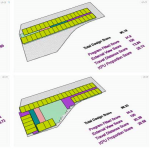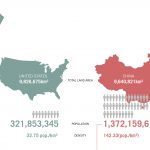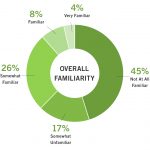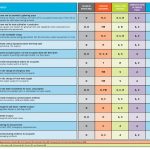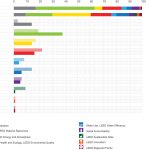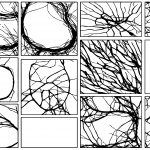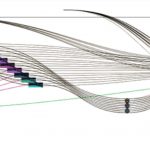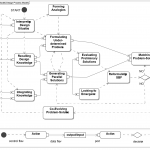
Designers’ actions are high-level mechanisms based on heuristics and assumptions learned from professional experience. Significant research has been devoted to understanding these actions as well as finding ways to aid, automate, or augment them with computational support. However, representing and manipulating such tacit knowledge in computational environments remains an open area of research. In this... Read more »

